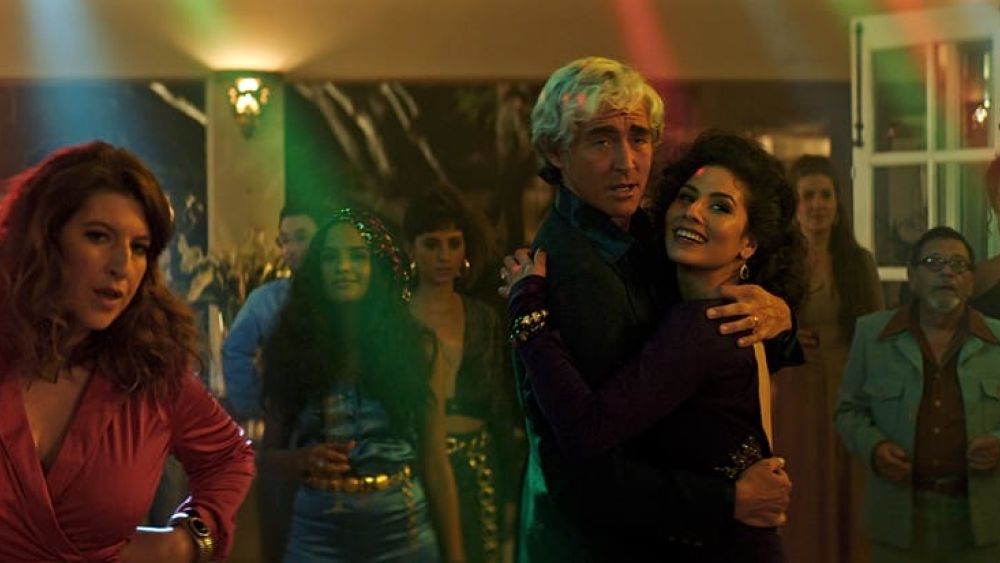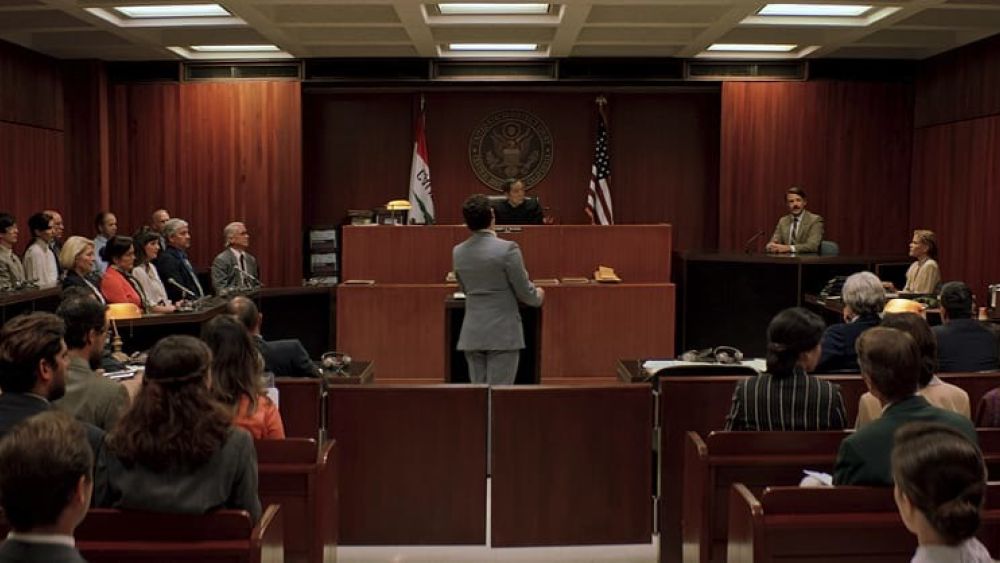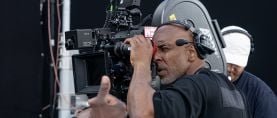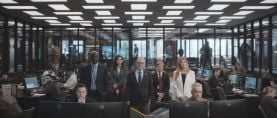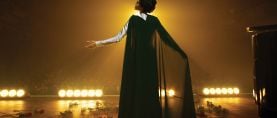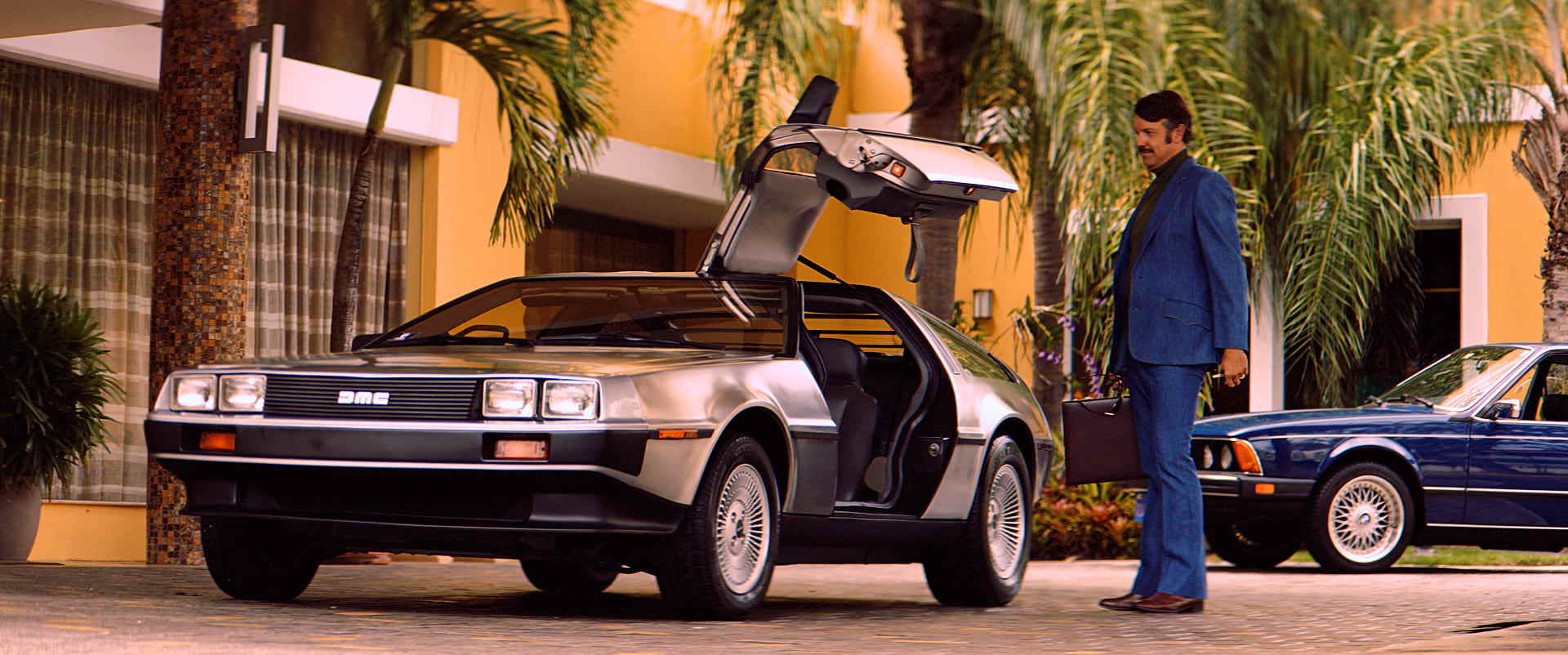
Road to Ruin: Driven
Karl Walter Lindenlaub, ASC, BVK rides shotgun for director Nick Hamm’s period drama, which overcame Puerto Rico’s hurricane season to tell the tale of John DeLorean’s downfall.
Photos and frame grabs courtesy of Karl Walter Lindenlaub, ASC, BVK and Universal Pictures Content Group.

Directed by Nick Hamm and shot by Karl Walter Lindenlaub, ASC, BVK, the independent film Driven recounts the fall from grace of automotive designer/entrepreneur John DeLorean (Lee Pace), framing the events through the eyes of his neighbor and friend Jim Hoffman (Jason Sudeikis), who happens to be an FBI informant. Though Hoffman eventually proves instrumental in DeLorean’s arrest, their friendship begins innocently some years before that, when Hoffman moves into DeLorean’s neighborhood just as DeLorean is conceptualizing his “car of the future.”
The film’s focus on the men’s personal dynamic was, in part, what made the project attractive to Lindenlaub. “I think biopics are horribly difficult to do because they don’t fit really well into a three-act structure, and they often just show this chain of events in somebody’s life,” he says. “Driven seemed a much better approach. I thought the script [by Colin Bateman and Alejandro Carpio] was a good combination of comedy and drama, and I liked the juxtaposition of Hoffman’s rather ordinary domestic life with DeLorean’s ego-driven focus on his work.
“I also think the story is timeless in a way,” he notes. “History is full of people like DeLorean. We look up to them because they’re inspiring, and then we’re fascinated to watch them fall.”
Lindenlaub was also intrigued by the prospect of shooting in Puerto Rico, a condition of the project’s financing. “The key was finding enough period architecture to suggest San Diego in the 1970s,” he says. “Puerto Rico is a little more tropical, but, overall, we felt like it wasn’t too much of a stretch to make it work.”
As fate would have it, the shoot coincided with the 2017 hurricane season, specifically Irma, which skirted the island, and Maria, which leveled much of it. “Shooting in Puerto Rico seemed like a challenge,” Lindenlaub says, “and then, of course, it turned into a much bigger one.”
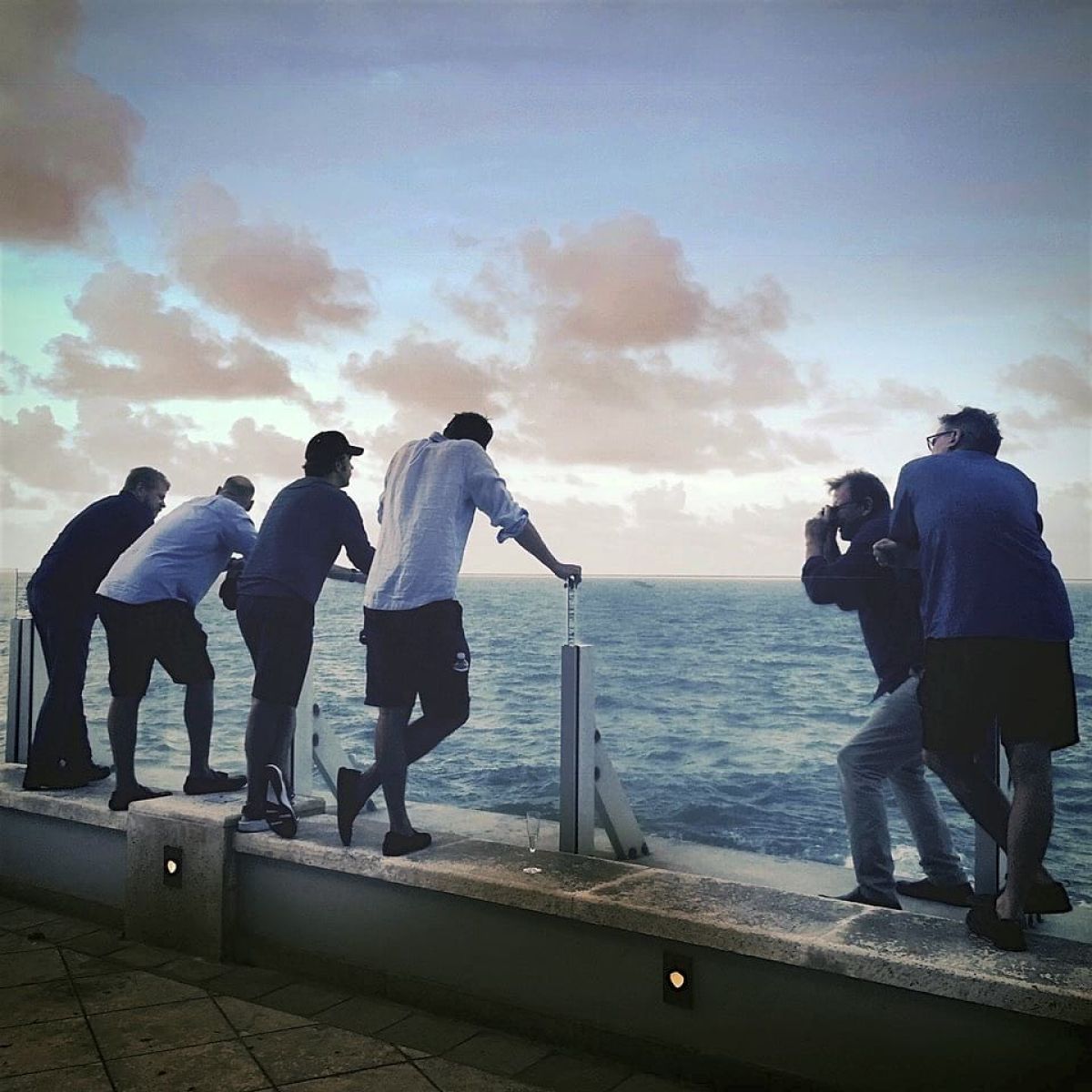
American Cinematographer: How far along was the shoot when you evacuated for the storms?
Karl Walter Lindenlaub, ASC, BVK: We were about to start shooting when production shut down for Irma on September 5. All cast and crew from the continental U.S. had to go home. We came back after that storm missed the island, and I shot makeup tests September 13. The weather forecast was bad — Maria was approaching — but we had to start shooting or we’d lose our financing. So, we shot for four days before we had to evacuate again.
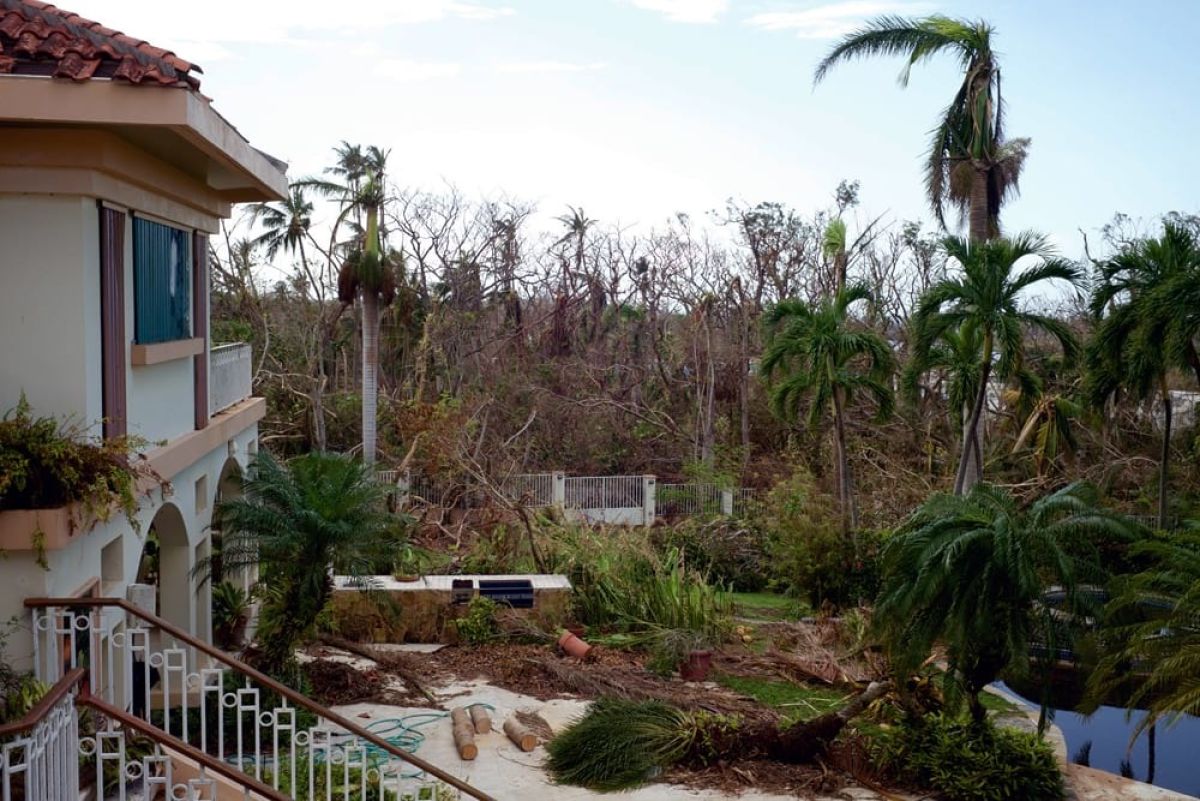
In the aftermath of Maria, how did production regroup?
Once it was safe for us to return, production designer Tomas Voth and I flew back to evaluate what could be done and in what time. Our schedule went from 33 days to 27. I hadn’t done a movie in under 30 days — for me, that was always a threshold. Our main location, the gated community south of San Juan that we used for Hoffman and DeLorean’s neighborhood, looked devastated. The art department and greens department had a huge job of cleaning up that area and making repairs. There was no power anywhere, so we had to use generators and run everything through our system.
We lost several locations altogether, and some scenes had to be rewritten very quickly, including most of Hoffman’s interactions with Morgan (Michael Cudlitz), the drug dealer; the small airfield and hangar we’d planned to use for Morgan’s headquarters was totally gone. After looking around the Vanderbilt Hotel, where production had set up after the hurricane, I suggested we shoot Morgan’s scenes there, so his headquarters became a bar in the film. We relocated a couple of other scenes to the hotel, too.
Had you shot in Puerto Rico before?
No, so I made inquiries about local crew with my ASC colleagues who’d worked there, and that led me to gaffer Gabriel ‘Gabby’ Padilla and key grip Gilberto Rosario. They’ve done all the big productions there, and they were great. My local hires also included A-camera 2nd AC Alfredo Meléndez, B-camera 1st AC César Marrero, B-camera 2nd AC Lizz Díaz, and DIT Su-Jeng Sang. [American] B-camera/Steadicam operator Jesse Evans had just finished working on another project there, and I wanted to operate the A camera myself, like I do on smaller films. Nick Hamm is very hands-on on the set, so he was right behind me with a 17-inch monitor, and we could work very quickly and informally that way. The only crew I took with me was my longtime focus puller, Tommy Klines, and I was very lucky to have him, because in anamorphic focus is twice as hard, and digital is much more unforgiving. Tommy uses a Preston Light Ranger, and that certainly helped with those challenges.
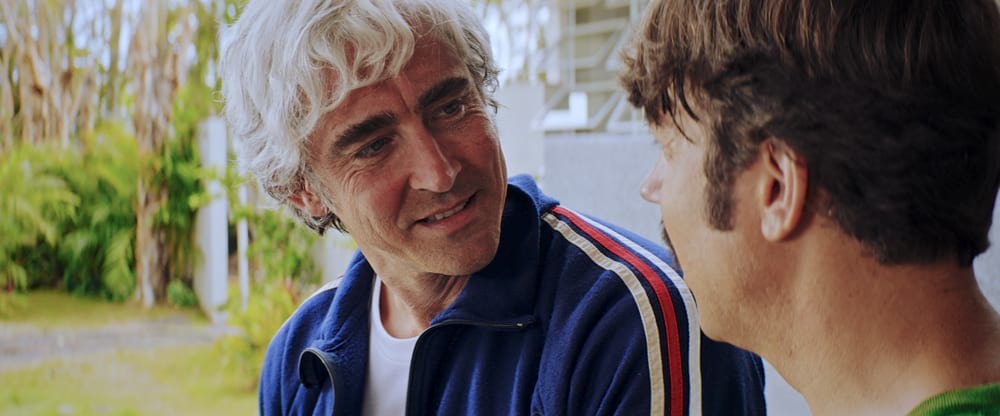
What made you choose anamorphic?
I immediately suggested it to Nick because the movies I love from that period, the late ’70s, are all anamorphic — films by Mike Nichols, Hal Ashby, early Spielberg. I like the format a lot, and this seemed like a great opportunity to use it. There’s one rental house in Puerto Rico, PJ Gaffers, and the only anamorphic lenses they had were Cookes [Anamorphic/i], so that’s what we used. They turned out to be a good choice for this period film because they had some interesting flares and added a little distortion to the image. Cookes also do a great job with faces, and, in the end, this is a character-driven story.
We shot with [Arri] Alexa Minis and captured in Open Gate ArriRaw. I use the Alexa whenever I can. It’s great with skin tones; I like its dynamic range, and I’m very happy with its low-light capability. I can easily go to ISO 1,280 without losing much quality, and I did that for the second party scene at DeLorean’s house, the one that gets a little crazy when Morgan and Katy (Erin Moriarty) show up with some drugs.
Let’s talk about your approach to that scene, because there’s a notable switch to handheld when Morgan and Katy burst into the DeLoreans’ bedroom.
That kicks off the big action scene in the movie. I don’t like the type of handheld that draws attention to itself, but it seemed appropriate for that moment because the world sort of turns upside down. It was just Tommy and me in the bedroom with the actors, and I was on an Easyrig, which I prefer for handheld work. At 6-foot-3, I’m usually looking down on people when I put a camera on my shoulder, and with the Easyrig I can easily keep it chest height or lower, and I can move it around very quickly. The feel is somewhere between handheld and Steadicam, very immediate. When Katy comes out of the bedroom in the dress, we went to Steadicam for her walk down the stairs and shot at 48 fps to emphasize the outrageousness of the moment. Jesse had to not only walk backwards down the stairs but also follow her out to the garden without getting our lights in the shot. On a 40mm anamorphic lens, the world gets very wide!
How did you light the action?
In the bedroom, we rigged a few [Lowel] Rifa-Lites in the ceiling for a warm base light, and that gave the actors the freedom to move all around the room. Through the windows in the bedroom wall, I used colored light that matched the party; for the dance floor in the living room, we brought in little rock ’n’ roll lights that looked like period party lights and played two Lekos off a mirror ball over the dance floor. The living room was a big, open space with a kind of vaulted ceiling and transom windows, and we had a couple of 2K and 1K Fresnels gelled with 216 and various colors on the roof shining through those windows, matching the party lights inside. The really tricky part was lighting the exterior of the house, with the big staircase and the garden. I’d originally planned to create a base with large sources on two condors, one for streetlight and one for moonlight, but all the lifts were being used by emergency services after the storm. So I decided to light this sequence outside with one big half-light instead. We built a small scaffold and put a Maxi-Brute through 12-by-12 Full Grid on a parallel that was about 12 feet high. The rest of the garden lighting came from sources within the set: small fixtures uplighting the trees to create some depth and lights in the pool providing a cool, contrasting glow.
What were your considerations in lighting and framing Lee Pace, given that DeLorean is a somewhat mysterious figure throughout the story?
I knew Lee quite well because we had worked together in South Africa on Revolt. He’s a bit younger than DeLorean was then, so I could help to make him look charismatic. I wasn’t afraid to side- or crosslight him. You have to be a little careful with extreme framing in anamorphic, so I just did some subtle things like putting him off center and short-siding him sometimes. Lee’s body language helped a lot, too; he turns away from the camera quite a bit. I enjoyed a close collaboration with all the actors, which was great because we could be really free with each other. We had to find the essence of the scene in the rehearsals because Nick doesn’t like to shot-list.
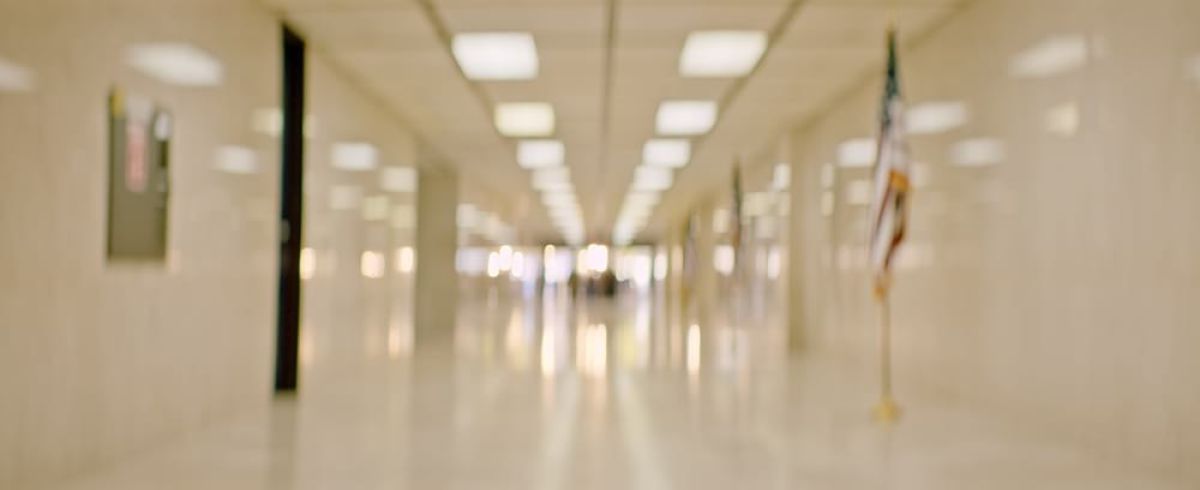
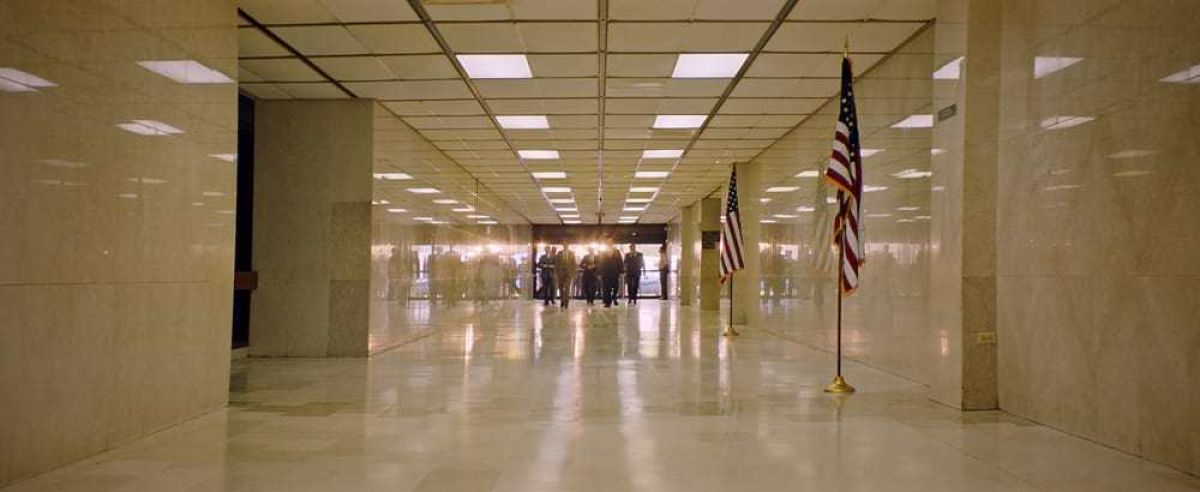

How did you approach Hoffman and DeLorean’s nighttime drive? Was that poor-man’s process?
Yes, we shot it very old-school in an aircraft hangar. To suggest passing streetlights on the windshield, we rigged an open-faced 750-watt tungsten light gelled with Lee 104 on the arm of a Crankovator stand, and an electrician spun it around and around in a circle over the car. We had two 300-watt Fresnels mounted on a small doorway dolly behind the car that could play as a follow car from different distances. I tried to use our two [Arri] SkyPanels as key lights through the window, but a big power surge destroyed the electronics; instead, we used a combination of indirect bounce lights panned over 4-by-8 polys and heavily diffused direct lights as key and effect lights around the car. You need a lot of people to move and dim the lights if you don’t have a dimmer board, and I tried to conduct the light cues like music, giving the electricians rhythmic beats. I think we also wetted down the windows and used a fan to push a little smoke past the side windows. In post, they added a few moving, twinkling lights in the background of side shots.
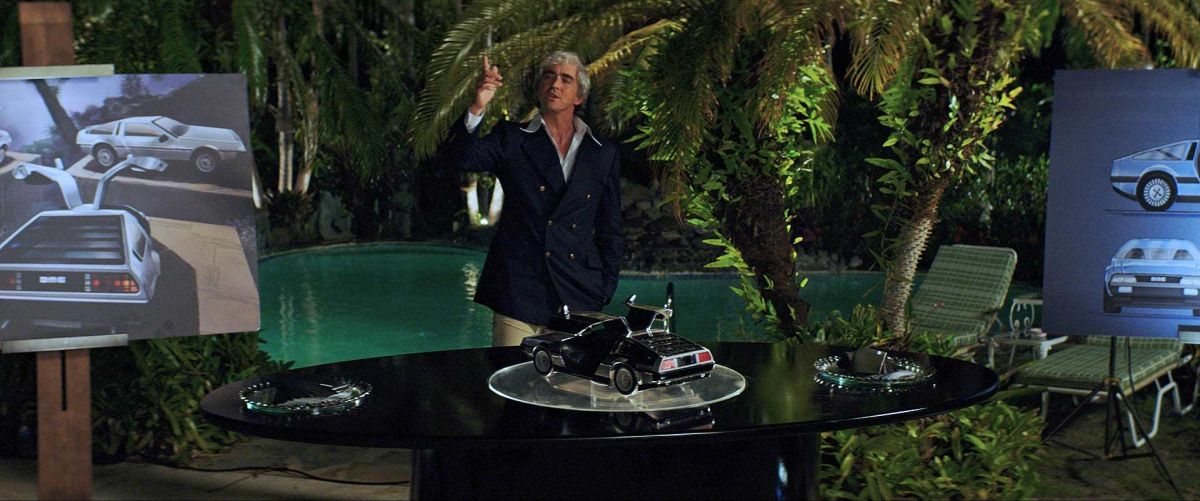
The FBI’s arrest of Morgan on the roof of the parking garage looks like your biggest night exterior.
It was, and that was the last thing we shot before we evacuated for Maria. I was basically looking at a blank, open space on the eighth floor, with no superstructure, that I had to light up at night. In situations like that, you have to figure out how to build the light into the set and make the practicals light the actors as much as possible for the wide shots, which we needed in both directions. In the background there was an existing mercury-vapor parking light; on one side it was mounted on a post, and on the other it was mounted to the elevator-house structure. I asked the art department to place three lampposts along the side of the roof; each had two open-faced 1K tungsten lights gelled with Lee 104 for a sodium effect. Those functioned as key light in the wide establishing shots. As we moved in closer, I used Blondes with Chimeras and 5Ks gelled with Lee 104 to light the foreground. The mercury-vapor fixtures flared the Cookes nicely and added a beautiful contrast to the sodium color. To add texture to the background, we uplit the buildings across the street with PAR cans on the ground. We also had a Maxi-Brute gelled with 1⁄2 CTB and 250 diffusion on the parking deck across from us to give us a touch of backlight from that direction. I shot the scene at around T2.8/4.
Were you able to participate in the final color grade?
Yes, I flew back to Puerto Rico and spent about eight days grading with the wonderful colorist Edgar Lebrón at Reaktor Post. We worked in 4K on [FilmLight] Baselight. Reaktor handled our dailies as well, and they did great work. I try to use just one LUT when I’m shooting digitally, and I usually start with the ACES Rec 709 LUT and alter it a little to find the right look for each film. I worked with Su-Jeng to do that on this film, too. I still use my light meter; I think it works fine. [Laughs.] I like to take one reading on the key light, and then I basically shoot all the setups at the same stop once I start the scene. It’s the way I worked with film, and it works just as well on digital. So, there wasn’t that much to adjust in the DI. The biggest challenge was the changing weather in Puerto Rico; even in day interiors, the light coming in through windows changes all the time. At the location we used for Hoffman’s house, we rigged a big silk over the interior courtyard so I could keep the light coming into the rooms and corridors below more balanced. We had 6K PARs on the flat roof lighting through the silk, and sometimes the grips added big blacks to keep the sun away. For day exteriors, I worked with Su-Jeng to make small adjustments to the LUT during lunch or at the end of the day. In terms of the overall look, we wanted to maintain a warmth and richness throughout the movie because it felt right for California and the ’70s. We initially considered making the courtroom scenes [for DeLorean’s trial] cooler, more neutral, but when we tried that in the DI, it suddenly looked too much like a courtroom TV show. So we worked to find a balance there; those scenes look rich, but not quite as warm as the rest of the picture. A lot of local crew people on Driven suffered massive damage to their houses and livelihoods after Maria. It meant a lot to them to be able to come back to work with us and finish this film against such big odds. We were very lucky to have them. The whole experience was really something special.
